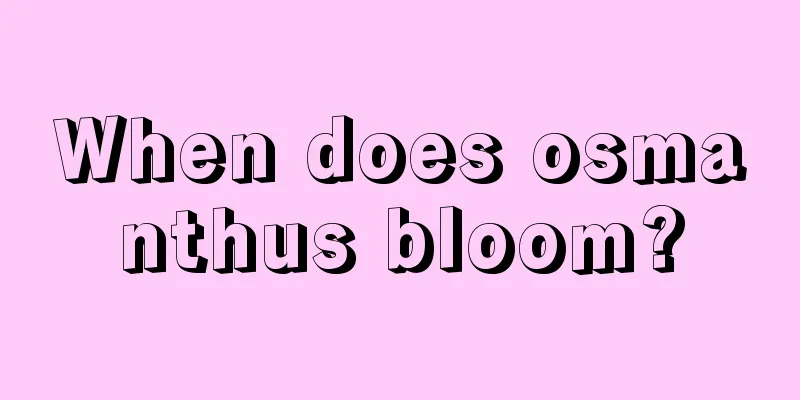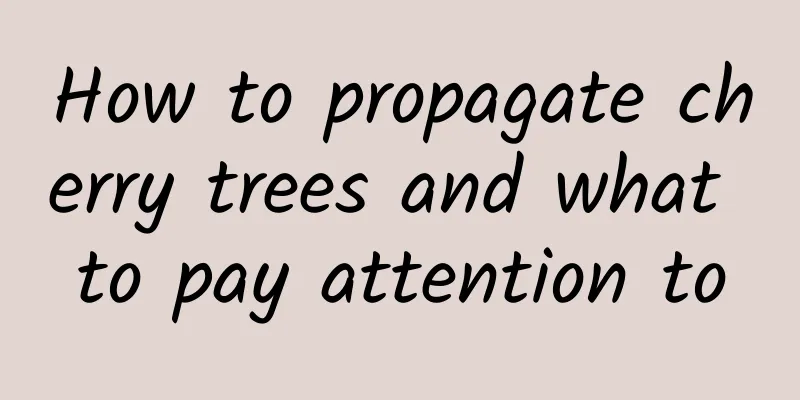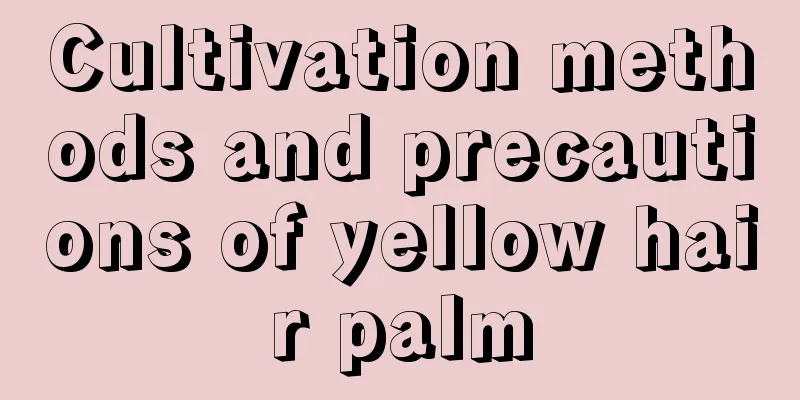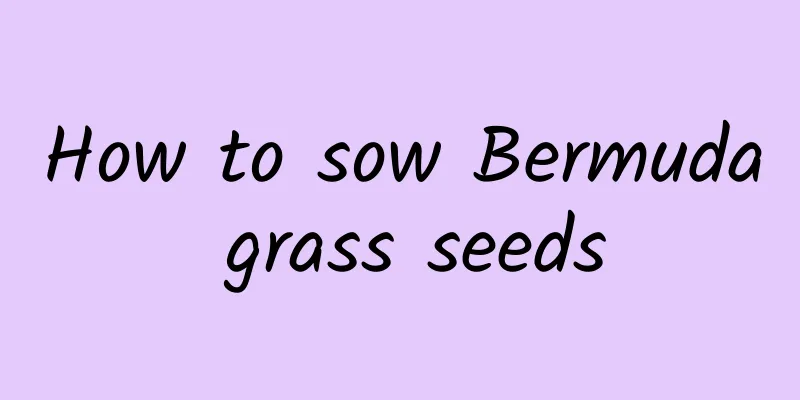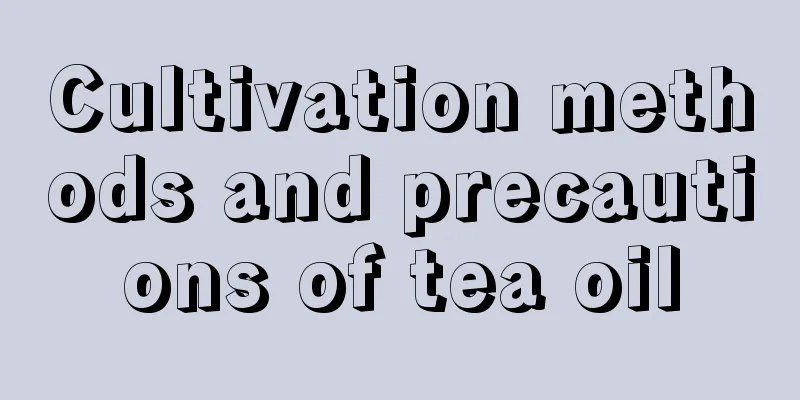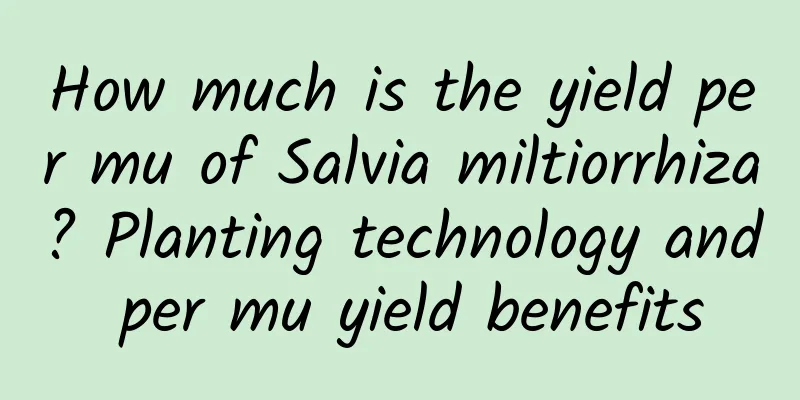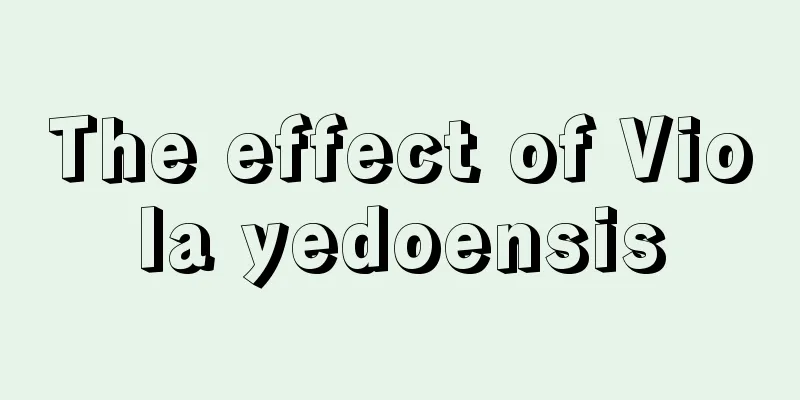Does rain affect corn pollination? (Does continuous rainfall during the pollination period affect yield?)
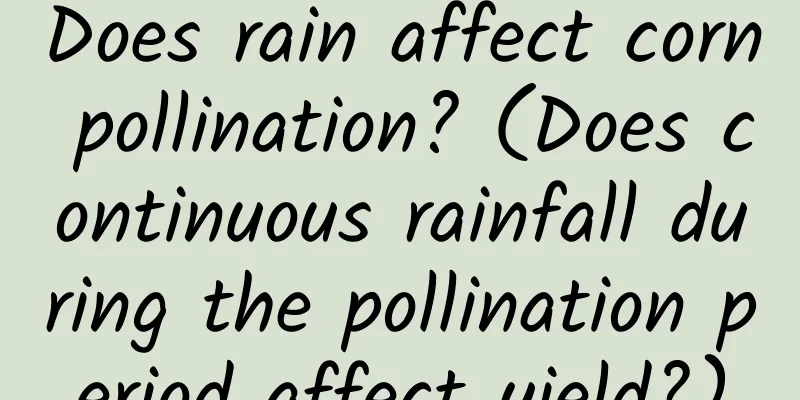
|
The flowering and pollination period of corn generally lasts 5-8 days, but in the field, due to the different location environments of the corn plants in the entire field, the entire field can last for 2 weeks from the beginning of male ears shedding pollen to the end. There are three stages in the pollination period of corn:1. The male spikes emerge and produce pollen. Each male spike can provide 2-5 million pollen grains, while each ear of corn has only about 800-1000 grains. Under normal circumstances, pollen can be guaranteed to be sufficient. 2. Pollen develops and matures, begins to shed, and the filaments of the female spike absorb pollen grains. 3. Pollen combines with filaments to complete the fertilization process, and the ovary begins to develop and form grains. During the entire pollination period of corn, if there is bad weather, such as excessive drought, high temperature or continuous rain, it will affect the development of pollen and the extension of filaments, affecting the pollination rate . If corn pollination happens to coincide with continuous rain, the pollen will absorb water and swell and burst under the conditions of rainfall. If the burst pollen meets the pistil, it will cause incomplete pollination and affect the quality of pollination . Or when the corn tassel is in the flowering stage, if there is a long period of rainfall, the pollen will be washed away by the rain. However, it is very unlikely that the extreme situation of continuous rainfall will occur during the corn pollination period. Summer rainfall is usually accompanied by thunderstorms. During the pollination period, even if there is a sunny morning or afternoon, the entire pollination process can be basically completed. Methods to improve corn pollination rateThe flowering and pollination period of corn is the most critical period for corn grain formation. The pollination rate directly determines the corn seed setting rate. Corn is a monoecious plant, and once it encounters continuous rainy weather, it will affect the scattering of pollen. If corn encounters rainfall during the pollination period, how can we improve the pollination rate of corn? (1) Artificial assisted pollinationDuring the flowering and pollination period, directly shake the corn plants to let the pollen fall, or find a rope and work with two people to gently shake the corn field to let the pollen fall in the field. The pollen that falls on the silk has completed artificial pollination. Practice has proved that the use of artificial assisted pollination can greatly reduce the occurrence of bald tips and flower grains in the fruit clusters, and can increase the yield by 50 to 100 catties per mu, and up to 300 catties per mu. (2) Spraying foliar fertilizerAfter corn enters the tasting stage, you can use 200 grams of 99% potassium dihydrogen phosphate + 10 milliliters of brassinolide aqueous solution + 100 grams of urea per mu , add 30 kilograms of water and spray evenly, which can significantly improve leaf photosynthesis. This can enhance the plant's stress resistance, promote pollen tube elongation, and significantly improve corn pollination rate and increase seed number. |
<<: What's the matter with the golden edges on cucumber leaves?
>>: How to increase the acidity of soil (how to make the soil acidic)
Recommend
How to prune the Free Spirit rose
Free Spirit Rose Pruning Method It is generally m...
It’s such a waste to “throw away” the yellow leaves of the money tree. The problem can be solved by just cutting the trunk!
When Huahua said to cut the branches a few times,...
What is the matter with the dry tip of the spider plant
1. Lack of water Reason: Chlorophytum likes a hum...
Time and method of cuttings of Hibiscus truncatum
Time for cutting of small hibiscus You should cho...
How to prune the big-leafed green radish
How to prune the branches of the big-leafed green...
The meaning of peony
1. Elegant and noble Peony symbolizes elegant and...
Can green radish be planted in the ground?
Can green radish be planted in the ground? Green ...
Purple Bean Planting Time and Method
Purple bean planting time When planting purple be...
How to make red gentian bloom on New Year's Day
Normal flowering period Generally speaking, its f...
Cultivation methods and precautions of money bag flower
The money plant is also called the round-leaved p...
How to prune potted fortune trees? Time and method for pruning branches and leaves
Pruning time for potted fortune trees Potted mone...
What are the taboos of gardenia
1. Don’t put it at the door There are many benefi...
How to grow camellia on the balcony, what should you pay attention to
1. Can it be grown on the balcony? It is a semi-s...
Cultivation methods and precautions of Jianlan
1. Breeding methods 1. Light: It is a light-lovin...
How to deal with Anthurium after flowering
1. How long is the flowering period? It belongs t...
